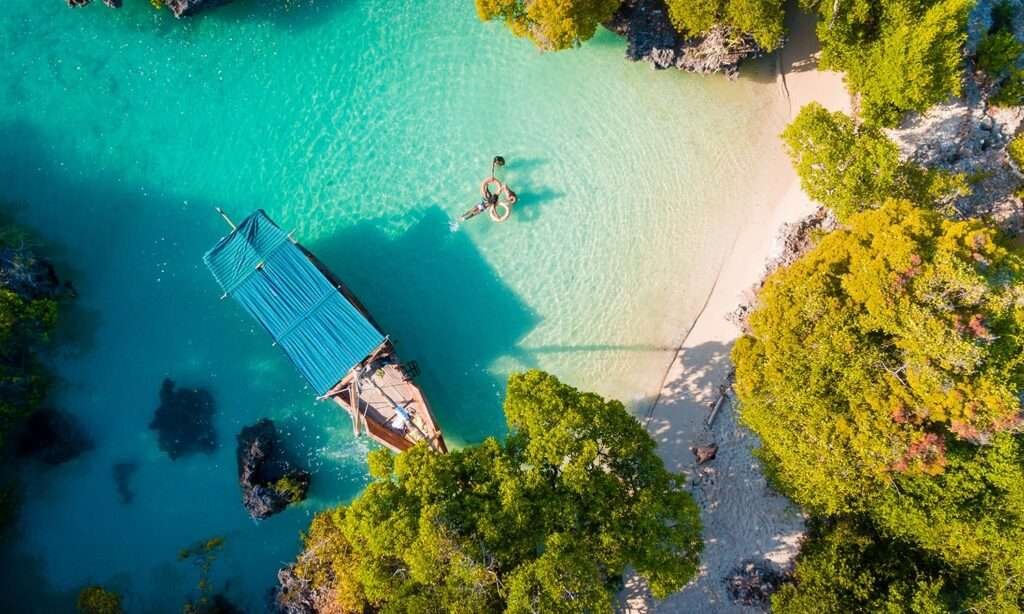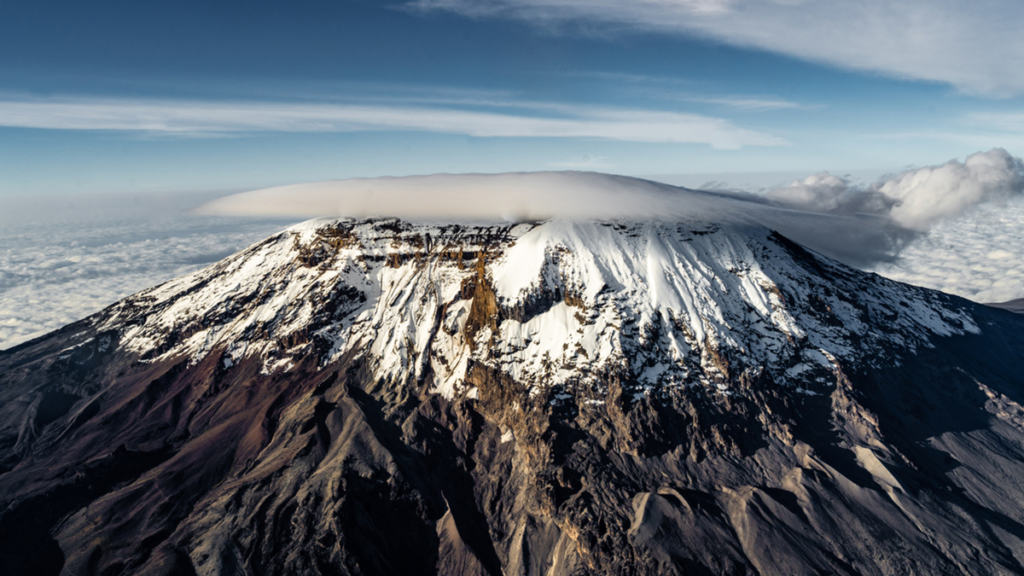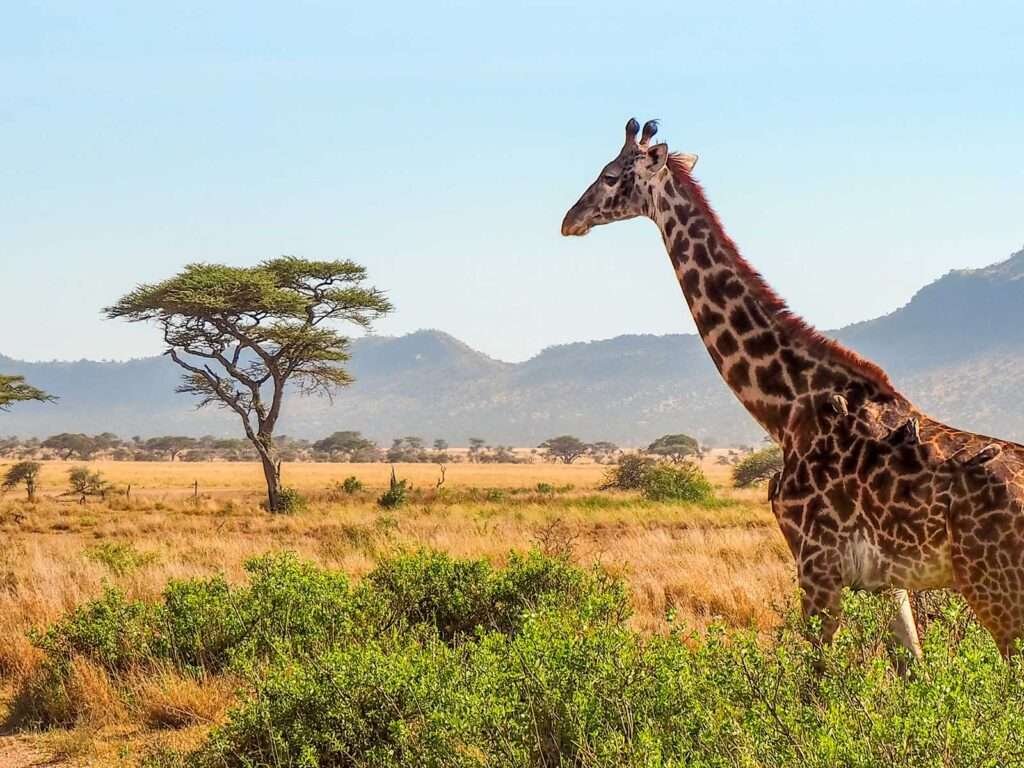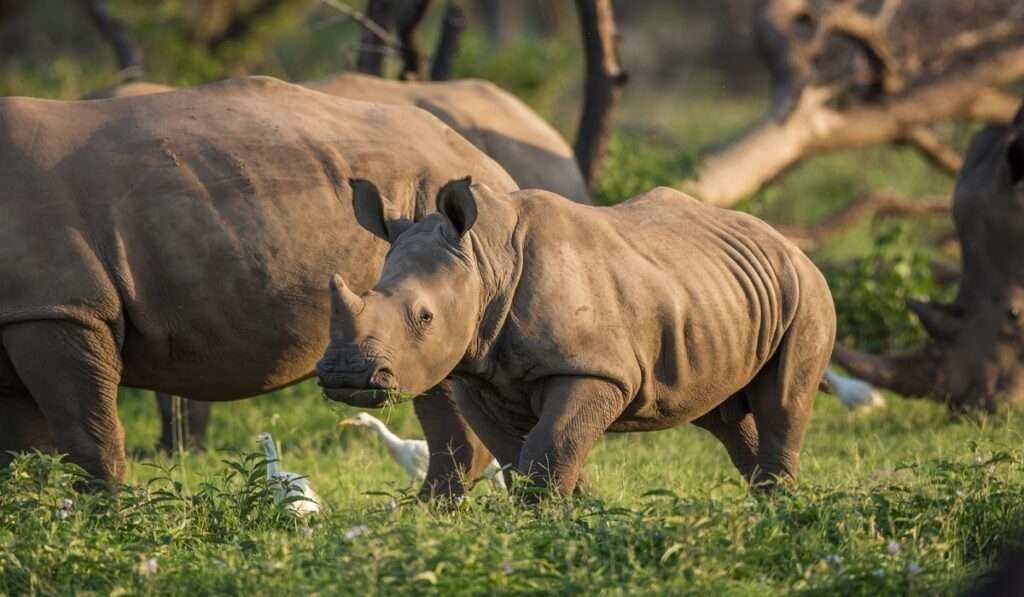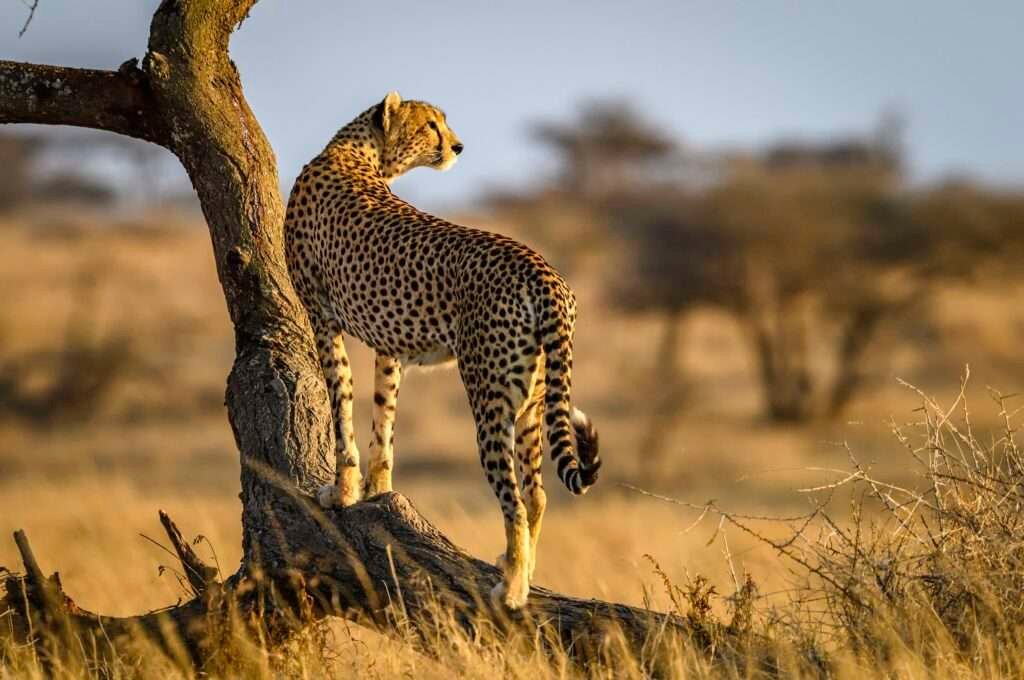Ngorongoro Crater, a UNESCO World Heritage Site, is one of Tanzania’s most iconic and remarkable natural wonders. It is the world’s largest inactive, intact, and unfilled volcanic caldera, formed about two to three million years ago when a giant volcano exploded and collapsed on itself. The crater, approximately 610 meters deep and covering around 260 square kilometers, is located in the Ngorongoro Conservation Area in northern Tanzania.
Wildlife
The Ngorongoro Crater boasts an incredible concentration of wildlife, making it one of the best places in Africa for game viewing. It is home to the “Big Five”—elephants, lions, leopards, buffaloes, and rhinos. The crater floor teems with a diverse range of animals, including zebras, wildebeests, gazelles, and hippos. The presence of the endangered black rhinoceros is particularly significant, as the crater is one of the few places in Tanzania where they can be seen in the wild.
Bird Watching
Bird watchers will find the Ngorongoro Crater an avian paradise, with over 500 bird species recorded. Highlights include flamingos that flock to the crater’s saline lakes, as well as ostriches, crowned cranes, and a variety of raptors. The diverse habitats, from the crater floor to the surrounding highlands, support this rich birdlife.
Scenic Beauty
The scenic beauty of Ngorongoro Crater is unparalleled. The steep crater walls create a natural amphitheater, providing a breathtaking backdrop for wildlife viewing. The varied landscapes within the crater include open savannah, acacia forests, swamps, and lakes, each contributing to the area’s stunning visual appeal.
Activities
Visitors to Ngorongoro Crater can engage in a variety of activities. Game drives are the primary activity, offering exceptional wildlife viewing opportunities. Bird watching is highly recommended due to the park’s rich avian diversity. Cultural visits to the Maasai people in the Ngorongoro Conservation Area provide insights into their traditional lifestyle and interactions with local communities. Additionally, guided walking safaris in the conservation area, though not typically in the crater itself, offer a more intimate experience with nature.
Best Time to Visit
The Ngorongoro Crater can be visited year-round, but the dry season, from June to October, is generally the best time for wildlife viewing. During this period, animals are more easily spotted as they gather around water sources, and the vegetation is less dense. The wet season, from November to May, brings lush landscapes and is ideal for bird watching and witnessing newborn animals.
Accessibility
Ngorongoro Crater is located in northern Tanzania and is easily accessible from Arusha, the main gateway to Tanzania’s northern safari circuit. The drive from Arusha to the crater takes about four hours. Alternatively, visitors can fly into Kilimanjaro International Airport or Arusha Airport and then drive to the crater.
Ngorongoro Crater offers a unique and unforgettable safari experience with its rich wildlife, stunning scenery, and cultural significance, making it a must-visit destination for anyone exploring Tanzania.
